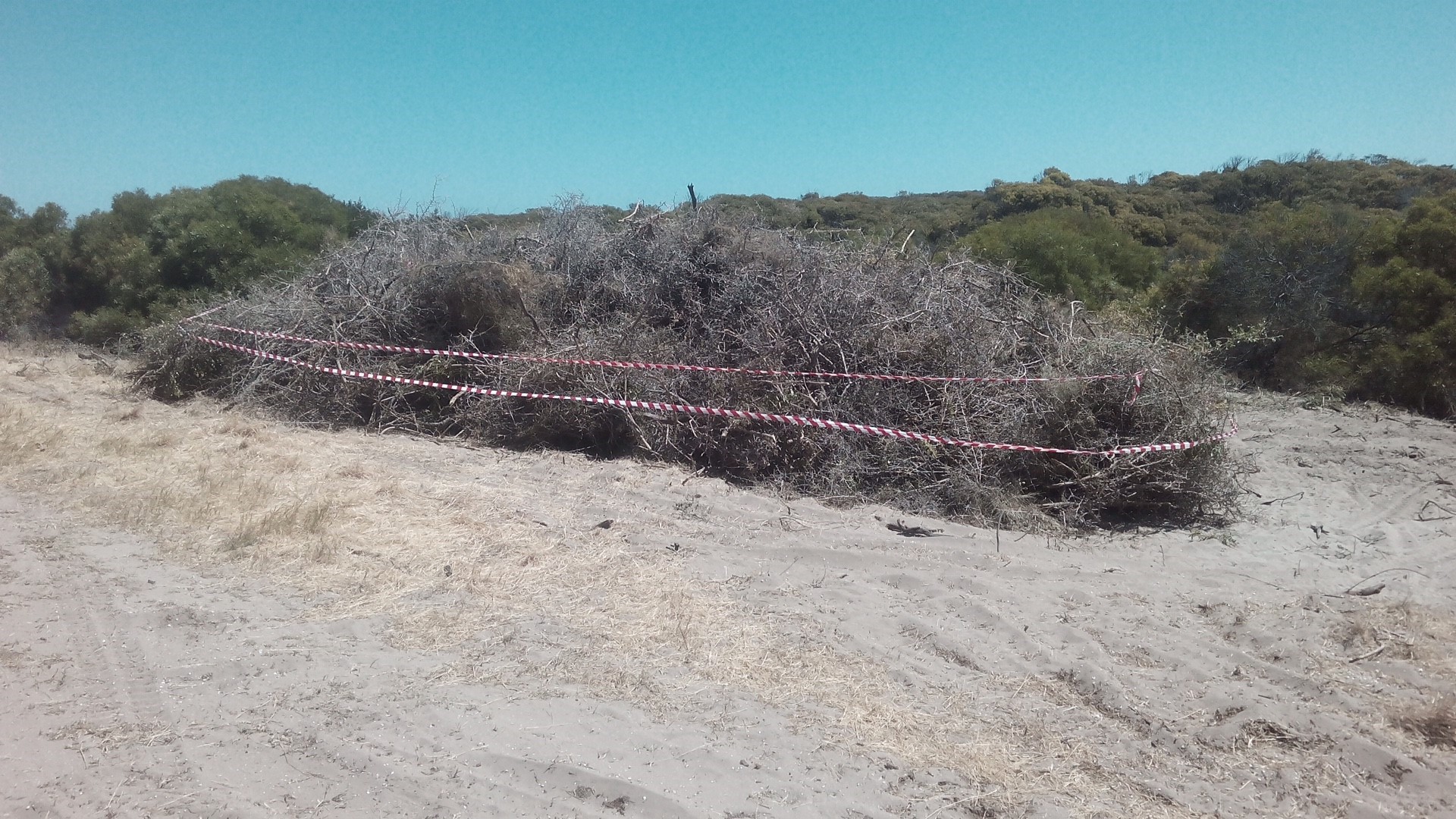Published on Tuesday, 18 December 2018 at 1:38:46 PM
More than 10,000 African Boxthorn plants were recently removed from the coast and river reserves in an effort to get the invasive weed under control.
The South African plant, which was introduced to Australia in the mid 1800s as a hedge plant, has become one of Australia’s most widespread weeds that grows in climates ranging from semi-arid inland areas to high rainfall coastal environments.
City of Greater Geraldton Chief Executive Office Ross McKim said funding received from the State Natural Resource Office to assist with African Boxthorn control has enabled the City to get this plant under control in coastal areas with high biodiversity and recreational values.
“During November and early December, 10,282 plants were treated at the Chapman River estuary, between Pages Beach and Separation Point and along a section of the Greenough River Nature Trail,” he said.
“The City has been working with a local contractor who has developed specialised equipment which physically removes the plant by cutting the plant stem and applies a measured dose of herbicide directly to the stem at the same time.
“This method ensures the chemicals required to kill the remaining root system, which will regrow if left untreated, are kept to an absolute minimum.”
African Boxthorn spreads by seed, suckers and root or tree pruning fragments. The drought, salt and sand blasting tolerant plant also produces flowers and fruit from old wood, grows in partial shade and full sun and displaces native vegetation.
City staff will continue to monitor these areas for any re-growth and seedlings when the boxthorn comes out of dormancy.
If members of the public are interested in workshops on treatment of small boxthorn plants as part of the Boxthorn Blitz program, please contact the City on 9956 6600 or email EnvironmentalPlanning@cgg.wa.gov.au
PICTURE CAPTION:
The City has been removing thousands of African Boxthorn plants from coastal areas in the last few weeks.

Back to All News